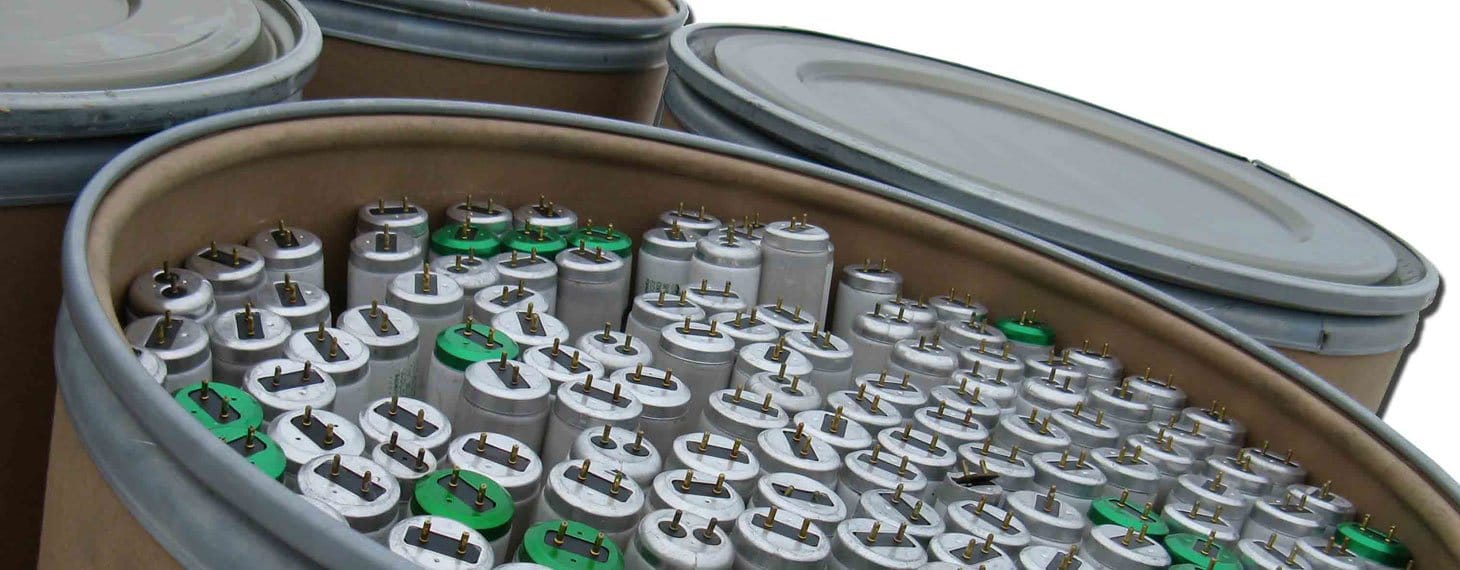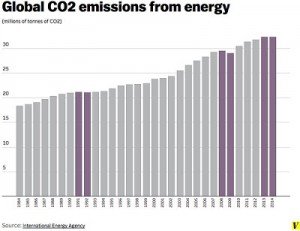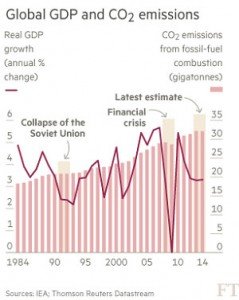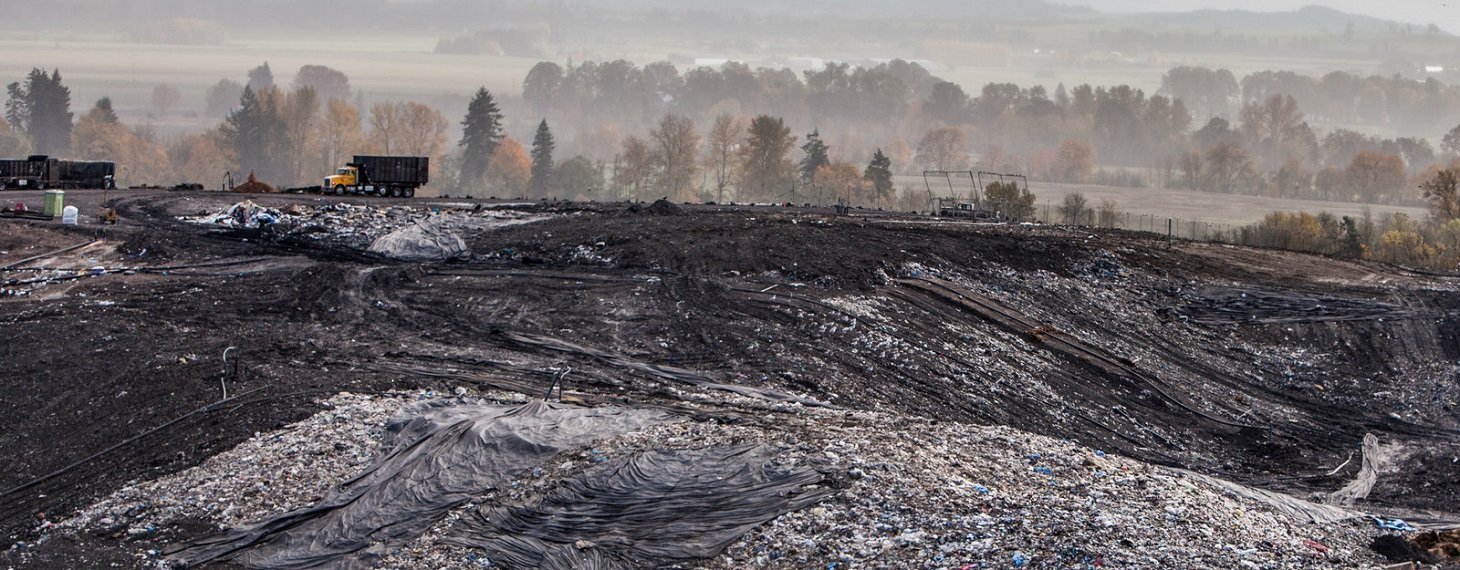Mercury Rising – A Case for LED in the Ontario Workplace part 1
Clean air, clean water; two areas where we should all work together in order to provide a better, cleaner planet for future generations. But there’s a growing threat most Ontario businesses seem to be unaware of and are contributing to on an alarming scale – pollution from mercury.
Millions of fluorescent lights seem are used by Ontario businesses each year. 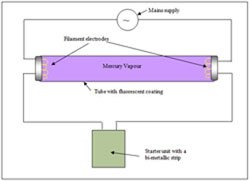
[pullquote cite=”Recycling Council of Ontario” type=”left”]…this year over 9 million fluorescent tubes will be incorrectly disposed of and will end up in Ontario landfills.[/pullquote]This year the Recycling Council of Ontario estimates that this year over 9 million fluorescent tubes will be incorrectly disposed of and will end up in Ontario landfills. A 4 foot long mercury-reduced fluorescent tube contains as much as 12mg of mercury while a standard 4-foot long fluorescent tube can contain up to 50mg of mercury. Environment Canada has published proposed regulations that would limit the mercury content to no more than 5mg.
While the amount of mercury in each fluorescent tube is small the concern arises based on the cumulative effect of millions of tubes being sent to landfills each year.
When a fluorescent tube ends up in a landfill the glass breaks and the mercury inside it is released. The mercury becomes part of leachate, the liquid that seeps to the bottom of the landfill. Many steps are taken to collect and filter leachate but mercury cannot be removed and it is released into our waterways.
The anaerobic bacteria, in landfills, chemically modifies some of mercury into 
Fluorescent tube lighting is the norm for most businesses in Ontario, we see it everywhere. Compared to older incandescent lighting it is energy efficient and definitely tends to have a longer lifespan. However, fluorescent tubes rely on the excitement of mercury and gasses, within the tube, to create light.
[pullquote type=”left”]The Ontario government has taken notice … Environment Minister Glen Murray acknowledged that mercury from these bulbs is at risk of seeping into the environment. [/pullquote]The Ontario government has taken notice of the issue. In January, Environment Minister Glen Murray acknowledged that mercury from these bulbs is at risk of seeping into the environment. Murray announced that the province plans to update its waste diversion act and regulations by June. In order to do this, they are looking to create greater consumer awareness and a “simplified” and more “consumer friendly” recycling system. (In addition to the 9 million fluorescent tubes disposed of in Ontario landfills annually, an estimated 7.2 million CFL bulbs will end up in Ontario landfills this year.)
For the time being there are two steps that Ontario businesses can take to help keep this pollution at bay; recycling and replacement.
Many Ontario based electrical wholesale companies now offer a recycling program for old fluorescent tubes. Call around and ask. While there can be a small cost to their programs you will have the knowledge that 98% of the fluorescent tube materials are safely recycled and you are keeping toxic mercury out of our environment.
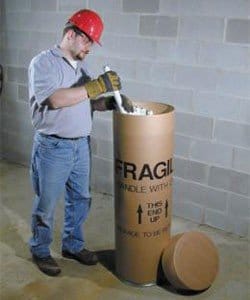
There are many tremendous retrofit options available to Ontario businesses which can be quickly installed. The Ontario Power Authority also offers rebates to help businesses with the cost and also help cut down the payback period. Companies, such as Swantech Energy Solutions, act as Applicant Representatives and will look after all the OPA rebate paperwork for you. In some cases, businesses will see a return on their investment in months. The long life span of LED replacements, high energy efficiency and current OPA rebates make LEDs an excellent investment given the continued rising cost of hydro in Ontario.
Whichever way you go, we all need to work together to reduce the amount of mercury that is currently ending up in Ontario landfills. Please institute a responsible fluorescent recycling program at home and at work and let’s keep mercury out of our landfills.
[x_author title=”About the Author”]

